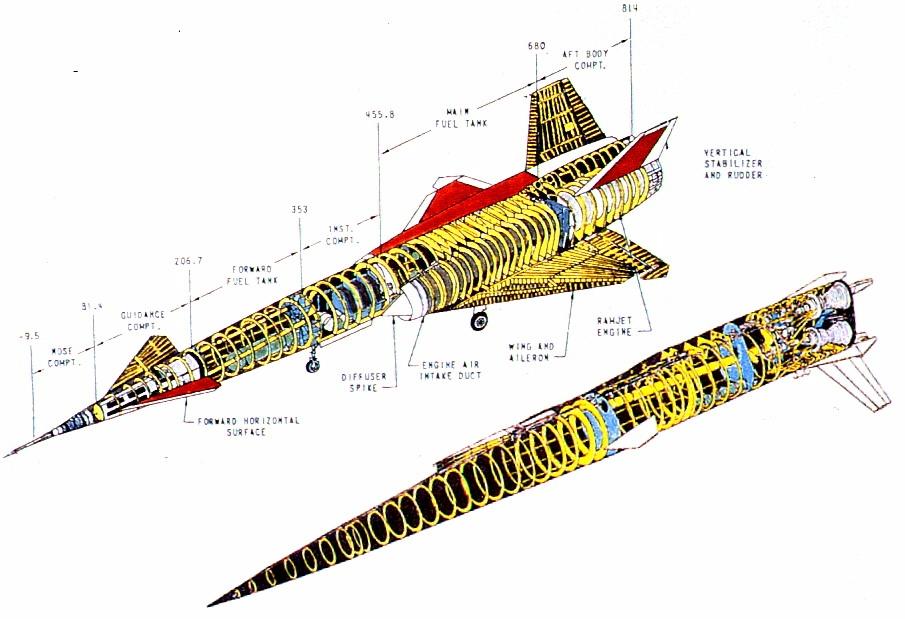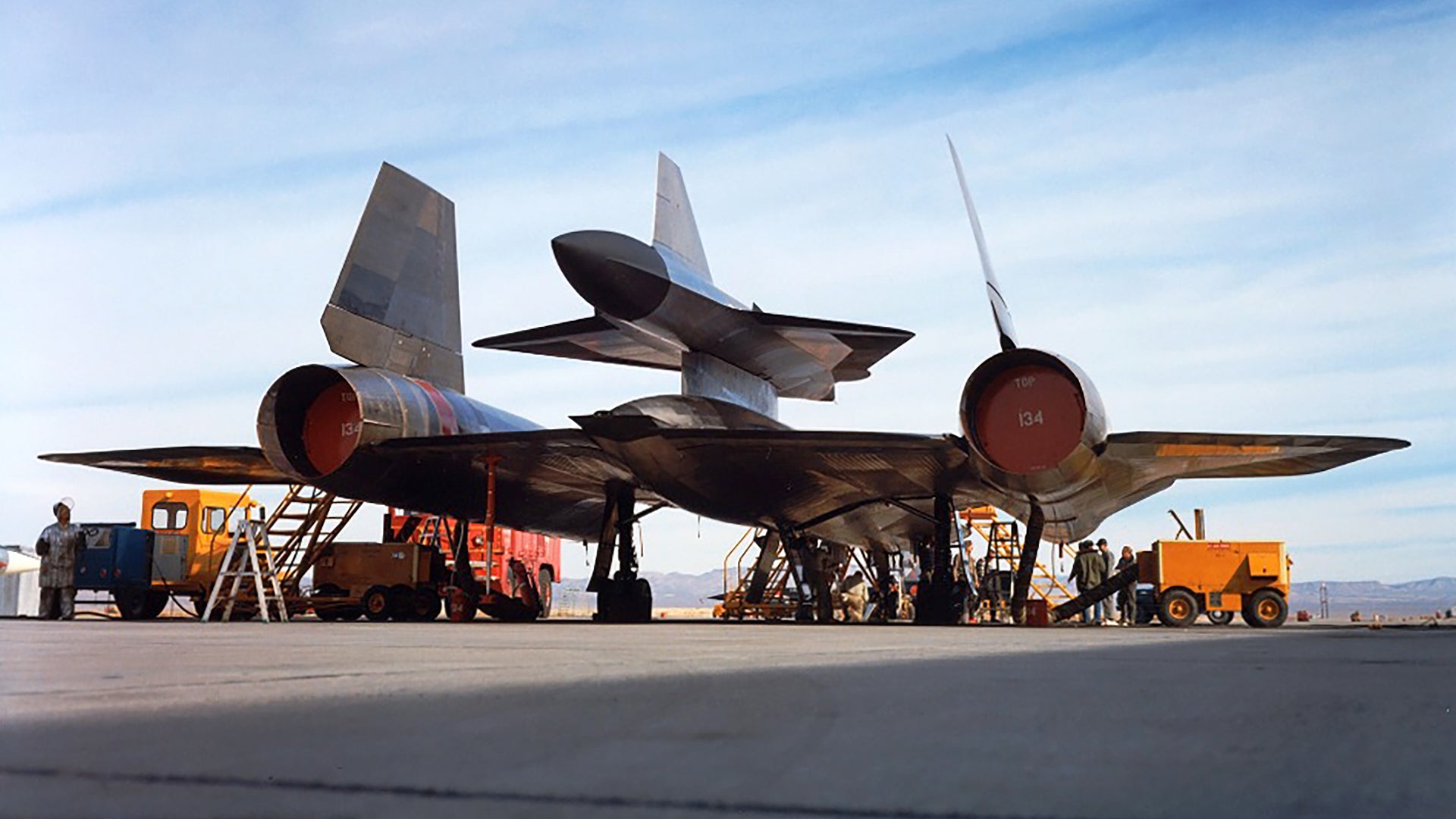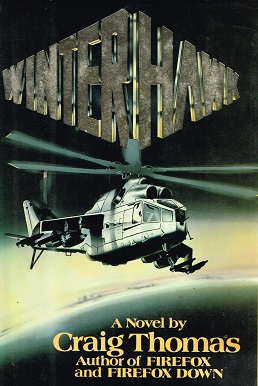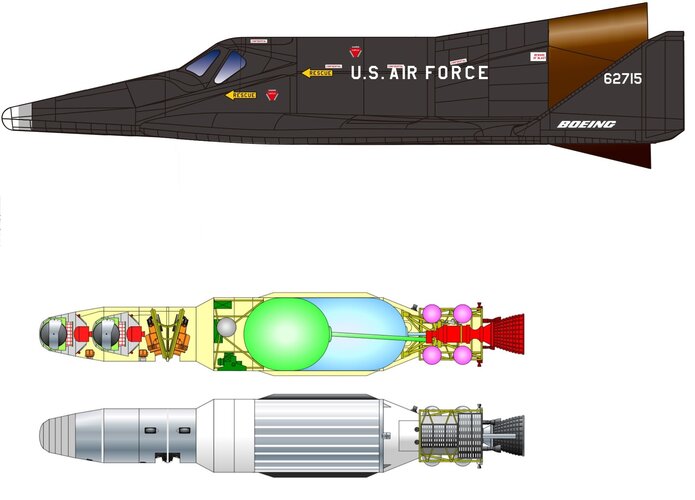Time for a bit of alt- pop culture ! (salvaged from AH.com, "Accross the high frontier" a very obsolete variant of this TL)
Fireghost, the absolute weapon.
Clint Eastwood, 1986.
The success of Honkytonk man in 1982 was a landmark for Clint Eastwood.
By 1986 Eastwood scrapped a tentative project with the name of Heartbreak Ridge and instead adapted Craig Thomas novel Fireghost - the absolute weapon. It was a sequel to the 1977 smashing hit Firefox, a novel Eastwood had enjoyed and wanted to turn into a movie, but couldn't. Eastwood later told reporters that in 1982 he had been forced to chose between Honkytonk and Firefox, and had prefered the former as a personal project. The move was probably a wise one considering the dismal failure of Fireghost five years later. Honkytonk man, by contrast, was critically acclaimed.
The early plot was largely changed after the landmark Reykjavik summit. "We had to change the villains" Eastwood said "since we felt Cold War was ending, with Islamist terrorism the new, major threat. Plus we thought it might be fun to get (Iranian) Tomcats as the story villains, in these days of Top Gun. Finally, we liked the idea of the F-4 Phantom, an aircraft that suffered so much losses over Vietnam, to be able to out-run all those shiny new fighters – Tomcats, Eagles, and Mig-25s. It is a kind of metaphor for Gant himself, who equally suffered in Vietnam and is now returning."
...
During the Vietnam war US Air Force pilot Mitchell Gant is flying a RF-4C Phantom near Hanoi when he is shot down. He is nearly captured by Viet Cong, an ordeal exacerbated
when the enemy guerrillas are wiped out almost immediately by napalm from an American air strike, killing many children and women in the process.
Some years later in 1979 Gant experience with the RF-4C has the CIA contacts him. They have created a Super Phantom able to fly above Mach 3 through the use of a revolutionary
propulsion system. Also onboard is an advanced camera system with very impressive resolution. A handful of aircrafts have been used to spy the Soviet Union, entering USSR
airspace through the Iranian border – with agreement from Iran and , more surprisingly, help from Israel.
Alas, the Iranian revolution has broke out and the Islamists have sized two Super Phantoms. The revolution also took Israel by surprise: it is revealed that country had loaned
a couple of nuclear weapons to Iran before the Shah was swept away. Israel wanted to scare Saddam Iraq, but the plan backfired.
Iranian islamist leadership is show examining varied terror attack scenarios. They discuss painting the RF-4X in American or Israel markings to drop a nuke on the Soviets,
a move that may start World War Three. Also considered is the RF-4X air dropping a nuke on Saudia Arabia oil terminals, threatening a worlwide oil shock. Another frightening
option has the Iranian dropping a nuke on Tel Aviv or Jerusalem.
With the help of a network of Jewish dissidents and sympathizers, Gant reaches the Iranian air base where the two prototype aircraft are being stored. Israeli scientists
are hold as hostages and forced to work on the project - they help Gant penetrate the base, then start a fire to destroy the second prototype and nuclear weapons, and
also to distract security troops while Gant steals one of the planes. The nuclear weapons do not explodes but are consumed by fire, poisoning the entire area around the
Iranian air base. Gant barely escape in time but now faces major hardships. His escape threatens to start an enormous, vicious air battle across the entire Middle East –
and beyond.
To Gant shock, the Iranian air force is able to send some Tomcats in chase. Everybody was assuming Iranian F-14s had been grounded per lack of spare parts, or at least
sabotaged in 1979. Gant starts the RF-4X revolutionary engine drive and successfully outrun the Tomcats and their lethal AIM-54 Phoenix. Undaunted, using aerial tankers
the Iranian send more Tomcats to set a trap near the Saudi border and the Gulf or Ormuz.
Meanwhile Israel is worried about their nuclear weapon blunder and willing to stop the menace. Hence they place their Air Force on alert, a move which triggers panick
across the Middle East, including Iraq, currently at war with Iran. Iraq send its own MiG-25s and also Mirage F-1s over Iran, resulting in a major air battle with severe
losses on both sides.
Saudia Arabia is fearing an Iranian strike on its oil facilities. Soon Israel, in a secret move with Saudia Arabia, send F-15s in chase of Gant.
Meanwhile the Soviets, which were depply angered by border penetrations and willing to steal RF-4X revolutionary propulsion system, are sending two squadrons of MiG-25s
across Iran airspace to shoot Gant down.
Gant face no other choice than to fly above 80 000 ft and Mach 3. The RF-4X is quickly picked up by Iranian radars and, as Gant escape is at the extreme range of the aircraft,
the pilot had no option but to fly a virtually straight track. Throughout the mission, Gant is faced with the unnerving spectacle of a never-ending stream of fighters
attempting to bring down the RF-4X by firing a variety of machine-guns, cannons and missiles at the aircraft. To compound Gant problems, his heavy fuel load allows only
very limited evasive manoeuvring. Gant ends with virtually empty tanks and having kept the aircraft in continuous afterburner for over half an hour as he shot past some
extremely agitated Arabian peninsula– as the RF-4X is officially limited to just a few minutes of afterburner, this effectively threaten to destroy the entire aft fuselage.
As he gets near the Saudi border – entering the United Arab Emirates airspace - and is nearly out of fuel, a final, major air battle breaks out. It involves Saudi and
Israeli F-15s; Iranian Tomcats setting an ambush; Soviet and Iraqis MiG-25s and Mirage F-1s; and UAE Mirage 2000s.
The shooting allows Gant to narrowly escape thanks to a USN A-5 "Vigilante" tanker aircraft providing supersonic aerial refueling. Hornets and Phantoms provides air cover
as they escape, since US Navy Tomcats might be mistaken for Iranian aircrafts.
Gant finally land its RF-4X on an aircraft carrier cruising in the Persian Gulf, but the aircraft is ruined.
(note 1: the RA-5C Vigilante was never a tanker, that was the older A-3 Skywarrior. But the movie prefered the Vigilante as it flew higher and faster, to rescue Gant).
(note 2: UAE Mirages as shown were actually Kfir – more exactly, F-21A agressor aircrafts.)
---
Space ranger
In 1999 Clint Eastwood renewed its cooperation with Craig Thomas. Winter Hawk was the third book in the Firefox series. The movie is a straight adaptation of the novel
without much change to the plotline. The plot is no longer related to aircrafts, but to the space program.

en.wikipedia.org
The events of Winter Hawk transpire over a few days in which the Soviet Union will launch into orbit the first in a series of laser battle stations, the existence of which
they have kept a closely guarded secret.
The launch is meant to coincide with the signing of a new and apparently groundbreaking treaty dramatically reducing nuclear weapons to be kept by both sides, but excluding
space based weapons such as the one the Soviets will be launching, mostly because none are known to exist. The Americans know of the weapon because a Soviet technician named
Philip Kedrov has been supplying them information, operating under the code-name “Cactus Plant”.
The Soviet space weapon places the Americans in a painful dilemma: they can neither sign a treaty that will dramatically cede the balance of power to the Soviet Union, nor
can they back out of the treaty lacking proof of the Soviet weapon.
The only alternative is a deep cover extraction mission of Kedrov and his evidence from the Soviet’s space launch complex, the Baikonur Cosmodrome in Kazakhstan. The mission,
involving two stolen Soviet Mil Mi-24 helicopters to be flown by CIA pilots — one of whom is CIA pilot Mitchell Gant — is codenamed “Winter Hawk”.
The story, which then shifts to Baikonur, reveals competing agendas within the Soviet camp. The Soviet civilian leadership has allowed development of the laser weapon, whose
launch is codenamed “Linchpin”, to placate a military antagonized by military spending cuts. The laser weapon is to be docked to the civilian space station MKBS-1.
Unbeknownst to Soviet leaders, the Soviet military has its own plans for the weapon, including a live fire test, codenamed “Lightning”, against the American Space Station
Liberty. The novel suggests “Lightning” as a prelude to an army-backed coup to seize control over the Soviet Union, even as the laser weapon will make the Soviet Union the
world’s leading super power.
KGB Colonel Dmitri Priabin, introduced as a minor character in Firefox, elevated to a more central role in Firefox Down and now the ranking KGB officer in Baikonur, nurses
a painful grudge against Mitchell Gant due to the tragic events of Fireghost (his career was ruined by the giant air battles over the middle east, plus many of his friends
wereshot down and killed flying MiG-25s).
Like the reader, Priabin quickly learns of the existence of “Lightning” but not the details. The military has kept its plans secret by arranging fatal “accidents” for any
civilians they suspect have learned of “Lightning”. He has also learned of Kedrov's treachery, and keeps him under surveillance.
Priabin investigates the murders as a pretext to learn details of “Lightning” itself, which he correctly concludes is an illegal military mission. He also surveils Kedrov,
suspecting that the Americans will try extracting him before the launch of the laser weapon, although he has no way of knowing that the mission will be flown by Mitchell
Gant.
Gant’s mission proves ill-fated from the start. The C-5 cargo plane carrying the helicopters and their crew to their staging point, suffers a fuel-system malfunction
requiring the jettisoning of the helicopters on a remote beach — nearly destroying both of them. The helicopters are made flight-ready and the mission commences, only
for one of the helicopters to be shot down over Soviet-occupied Afghanistan. Gant narrowly avoids destruction over Afghanistan only to be captured once he reaches
Baikonur and tries to extract Kedrov, falling into the hands of KGB officers who had been surveilling the turncoat engineer.
Barely keeping himself from killing Gant, Priabin instead takes him into custody, then continues his investigation into “Lightning”. Priabin soon learns the truth, but he
is unable to warn Moscow because an Army-imposed, pre-launch security lockdown has cut Baikonur off from the rest of the world. Realizing that the army will soon eliminate him as it has other obstacles, Priabin is forced to save Gant in order for the American to fly them both out of Baikonur along with evidence of “Lightning”. Using the KGB’s Mil Mi-2 helicopter, the two of them manage to get evidence of the laser weapon, but not before their helicopter is severely damaged by fire from a group of the army’s Mil Mi-24 helicopters. Gant barely escapes the Army patrols before he crash lands outside of Baikonur.
With evidence of the weapon, Gant escapes on foot. Priabin, weighing his hatred for Gant against the implications for "Lightning", chooses to be captured by the army.
Gant steals an Antonov An-2 biplane used for crop dusting at a nearby collective farm. He narrowly escapes army helicopters sent to capture him, but not before the Soviets have successfully launched their N-11 carrying the laser weapon.
General Rodin, the army’s ranking officer, decides against immediately killing Priabin. It was Rodin’s son who revealed to Priabin the details of “Lightning” before being
killed by subordinate officers acting against the general’s orders. Led to believe that the KGB drove his son to suicide, but suspecting his other officers nonetheless,
Rodin keeps Priabin in his own custody, even as he orders a massive hunt for Gant. Emotionally unhinged by his son’s death, and his wife’s suicide immediately following
it, Rodin is unable to keep Priabin from escaping before the laser weapon has been successfully placed in orbit.
With the help of Kedrov, Priabin finds the covert tracking station the army will use to control the laser satellite, and sabotages its orbital uplink.
With his plane shot down by Soviet fighters near the Turkish border, Gant is forced to make the journey on foot while being chased by Soviet troops. Having sent his special
code over the air before bailing out, Gant’s presence is now known to the Americans as well, who send their own helicopters across the border to save him.
The novel closes with the signing of the new arms reduction treaty, which the Soviets have graciously amended to include space-based weapons. In space, the two space
stations – Liberty and MKBS-1 – are brought close from each other for mutual support in case of emergency.
...
Space station Zvezda is a techno-thriller written by Harry G. Stine under the nom de plume Lee Correy and published in 1985. The title is a reference to both novel and movie
Ice Station Zebra of the 60's.
---
Ilya Patchikov and Ivan Popov could have been the first Soviet citizens to the Moon in August 1974. They have trained very hard – for weeks they worked eighteen hours a day.
But at the last moment and to their great dismay the Politburo decided the mission will be entirely automated; and by a fitting irony for the first time the Soviet Moon
machines perfectly worked, including the very troublesome N-1 rocket. And then the Soviet lunar program is cancelled as too late and too backwards when compared to Apollo.
From 1973 onwards the two frustrated cosmonauts get involved with the Apollo – Soyuz test program, visiting the United States and befriending American astronauts Pruett and
Johnson. They learn about the Apollo – Soyuz radio link; they visit mockups of the future American space station. Within two years after the Apollo–Soyuz linking Popov and
Patchikov hear of Sablin and Belenko defections, both due to the Brezhnev era stagnation and corruption, and are troubled by it. Growing more and more disillusioned by the
late Brezhnev era ramping corruption Popov and Patchikov patiently elaborate a plot. At some point in the early 80's they learn that Pruett and Johnson are to man Liberty,
so they decide to go into action.
They are send to space station Zvezda, an advanced orbital facility with artificial gravity provided by spinning around Salyut-like modules. After some days they pretext
a health emergency, and an hurried undocking followed by a direct reentry. They then told ground controlled that the hurried undocking has consumed most of the Soyuz
propellant, leaving them stranded in orbit. For a period they also shut contact with the ground. Meanwhile they use their Soyuz meagre propellant supply to get close
from the American space station. But they can't dock – the rings are not compatible. And of course the American crew may refuse to accept them onboard.
The Soviet crew then elaborates an outrageous scheme to twist arm of the American crew.
The Soyuz first gets as close as possible from the Liberty airlock. Then the crew don their space suits before opening the Soyuz docking ring, depressurizing their spaceship.
Popov crawls through the docking tunnel into space, and extends his arms outside the Soyuz, with the aim of gripping the American space station external airlock hatch with
his gloved hands. Patchikov has to carefully manoeuver the Soyuz in order not to crush his crewmate. The daring manoeuver ultimately succeeds. Standing halfway through
the Soyuz docking ring Popov then secures his position with a rope, while Patchikov uses him like an human ladder until he grasp, too, the Liberty airlock external hatch.
But the Soyuz is still very close from the two cosmonauts, and there is a real threat they might be crushed by a collision between their spaceship and Liberty. Popov and
Patchikov then try a radical approach: they forcefully and repeatedly kick the Soyuz with their feet so that it moves away from them, an exhausting ordeal that ultimately
works. The American crew watch the scene, startled, and report to the ground, expressedly asking to welcome the cosmonauts onboard.
With the Soviet suit providing only six hours of life-support, the Americans have to take a difficult decision very fast. Under orders from the U.S government NASA order
the Soviet cosmonauts to move back to their Soyuz and reenter Earth atmosphere. The space station crew will do his best to help the Soyuz desorbit, either with the robotic
arm or using one of their Agena space tug.
But the Soviet crew refuse to comply. Ultimately Pruett and Johnson desobey orders and get the Soviets onboard, creating a dangerous situation. Once aboard space station
Liberty Popov and Patchikov ask for political asylum in the United States.
The situation is made even more explosive considering the events happens late 1983, in an era of tension never seen since the Cuban crisis of 1962. Tension peaks as all
sudden Houston warns the Liberty crew that the Soviet have launched an I.S satellite killer near the American space station; they threaten to cripple the American space
station. This prompt president Reagan to call Andropov on the red phone, with a heated exchange happening between the two men. Ultimately the Soviets desorbit the killer
satellite as a gesture of goodwill.
Another threat is the abandonned Soyuz that dangerously drift near Liberty; the American crew decides to to use the robotic arm to pick up the Soviet spaceship and keep
it at a safe distance from Liberty. A major issue is that the Soyuz lacks a grapple fixture compatible with the arm end. Instead the Liberty crew tries to clamp the arm
end on a Soyuz antenna but the manoeuver goes awfully wrong. The antenna bends and breaks, sending the Soyuz tumbling into a wild spin, hitting and breaking the robotic
arm. The Soyuz then strike Liberty, causing a small fire and damaging a solar array. Ultimately the Liberty crew decide to fire an Agena space tug to move the space station
away from the battered Soyuz, and the manoeuver successfully clear the american space station from any danger.
Meanwhile Andropov is bargaining with Reagan. He will let the crew goes to the United States if Reagan roll back his Strategic Defense Initiative. Reagan, striken by Soviet
panick vis a vis the Able Archer excercice and “The day after” gloomy movie decides to make concessions, perhaps through a meeting with Andropov.
In the end Reagan asks Congress to enact a bill granting asylum to the Soviet crew. A trust fund will be set up for them, granting them a very comfortable living. The
meeting between Reagan and a terminally ill Andropov never happens, but it paves the way to Gorbatchev perestroika and the end of Cold War – earlier than in our universe,
in 1987.
---



www.thedrive.com


